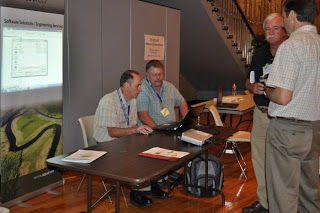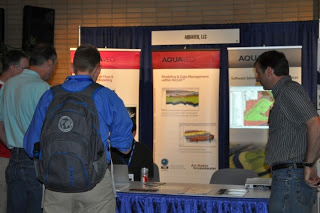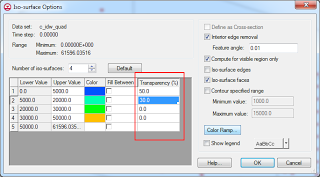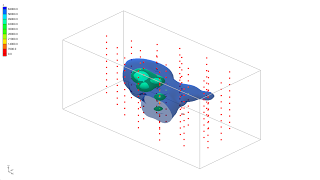From August 12 to 15, members of the GMS team at Aquaveo conducted training for the Los Angeles Department of Water and Power (LADWP). The introductory Groundwater Flow and Transport Modeling class was presented to LADWP employees. The class included lectures, demos, hands on exercises, and daily tests to verify that the students could complete modeling problems. We covered MODFLOW, PEST, MODPATH, and MT3DMS. Additionally we talked about borehole data, subsurface characterization, GIS data, and how to integrate this data into groundwater models. The class was a great success. The attendees really appreciated the power and simplicity of GMS and the conceptual modeling approach. Many thanks to the attendees.
















